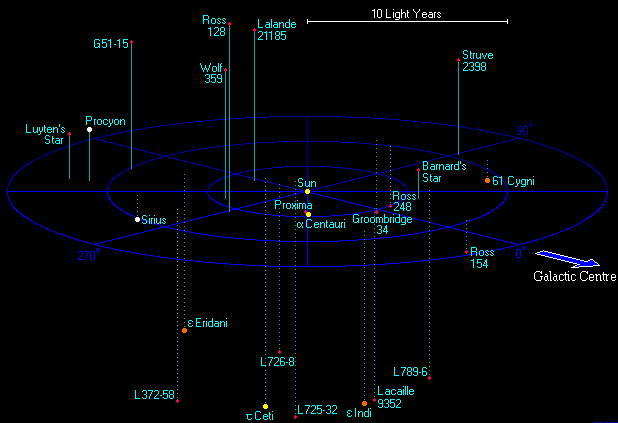Introduction to astronomy #1
Hello friends of Steemit, in this opportunity I will talk a little about some basic concepts in astronomy with the intention that we will learn little by little about the wonders of the universe.
Astronomy of position.
Sometimes when we see ourselves in the need to find a friend's house or a store, we can only help with a map with their address. In those cases, although we do not say it explicitly, we are using a coordinate system.
In any coordinate system it is necessary to have references whether they are lines or points. For example, in a city a very important reference is the place where the main streets cross, and the area that surrounds it is generally known as the center of the city.
Geographical coordinates: To understand the differences in the location on Earth it is important to know the concepts of terrestrial coordinates.
Axial tilt: In astronomy, axial tilt, also known as obliquity, is the angle between an object's rotational axis and its orbital axis, or, equivalently, the angle between its equatorial plane and orbital plane. It differs from orbital inclination.
Celestial equator: is the great circle of the imaginary celestial sphere on the same planeas the Earth's equator. This reference plane bases the equatorial coordinate system. In other words, the celestial equator is an abstract projection of the terrestrial equator into outer space.
Equatorial plane: it is an imaginary plane on which is the terrestrial Ecuador.
Meridian of a given place: it is the semicircumference that goes from one pole of the Earth to the other pole passing over said place.
Meridian of Greenwich: it is the meridian that happens through the observatory of Greenwich In England. From it the terrestrial length is measured, that is, the length of the meridian of Greenwich is zero degrees.
Geographical length of a given place: it is the angle measured in the plane of the Equator, between the meridian of said place and the meridian of Greenwich.
Culmination of a star in a given place: it is the moment in which said star passes through the meridian of said place.
Basic definitions of astronomy
The zenith: is an imaginary point directly "above" a particular location, on the imaginary celestial sphere. "Above" means in the vertical direction opposite to the apparent gravitational force at that location. The opposite direction, i.e. the direction in which gravity pulls, is toward the nadir. The zenith is the "highest" point on the celestial sphere (meaning it is the farthest up from the gravitational force).
Image source [1]: Diagram showing the relationship between the zenith, the nadir, and different types of horizon. Note that the zenith is opposite the nadir.
Nadir: is the direction pointing directly below to particular location; that is, it is one of two vertical directions at a specified location, orthogonal to horizontal flat surface there.
Greater circle: is the circle that results from the intersection of a plane with a sphere and divides it into two equal parts (hemispheres).
Minor circle: is the circle that results from the intersection of a plane with a sphere and divides it into different parts. This means that the plane of said sphere does not pass through the center of it.
North Pole Celestial and South Pole Celestial: they are the points in which the Polar Axis intersects the Celestial sphere. The North Celestial Pole is very close to the star called the polar star, a star in the tail of the constellation Ursa Minor.
Hour circle of a star: it is the circle of the Celestial sphere that passes through the poles and of said star.
Light years: Distance unit that is used in astronomy. Equivalent to the distance that the light travels in a year.
Image source [2]: Map showing the stars that lie within 12.5 light-years of the Sun.
Here ends the first part of this post, here I leave a video about the introduction to astronomy.




Excellent :D
thank you friend for such important information....
Thanks for sharing this information, I'll be around, I'm interested in this content!